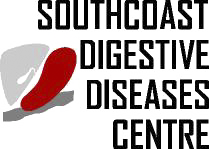
Early diagnosis for and Prevention of Colorectal Cancer (CRC) and Polyps
We have a barrage of tests such as faecal occult blood(FOB), faecalDNA, flexible sigmoidoscopy, colonoscopy and virtual CT colonography (CTC) to address the possibility of significant colorectal neoplasia. Where do these tests fit and when should these be used individually or in combination? Before we can address this question, we need to understand the demographics of CRC.
Vast majority (65-85%) of CRC occur in people who have no family history and they are referred to as average risk category patients. Some 10-30% of CRC occur in patients who have a family history of CRC and they are referred to as moderate risk category. Remaining 5-6% of CRC occur in high risk patients such as those with non-polyposis colorectal cancer syndrome (HNPCC) and rarely in adenoma- tous polyposis coli or similar rare syndromes.









